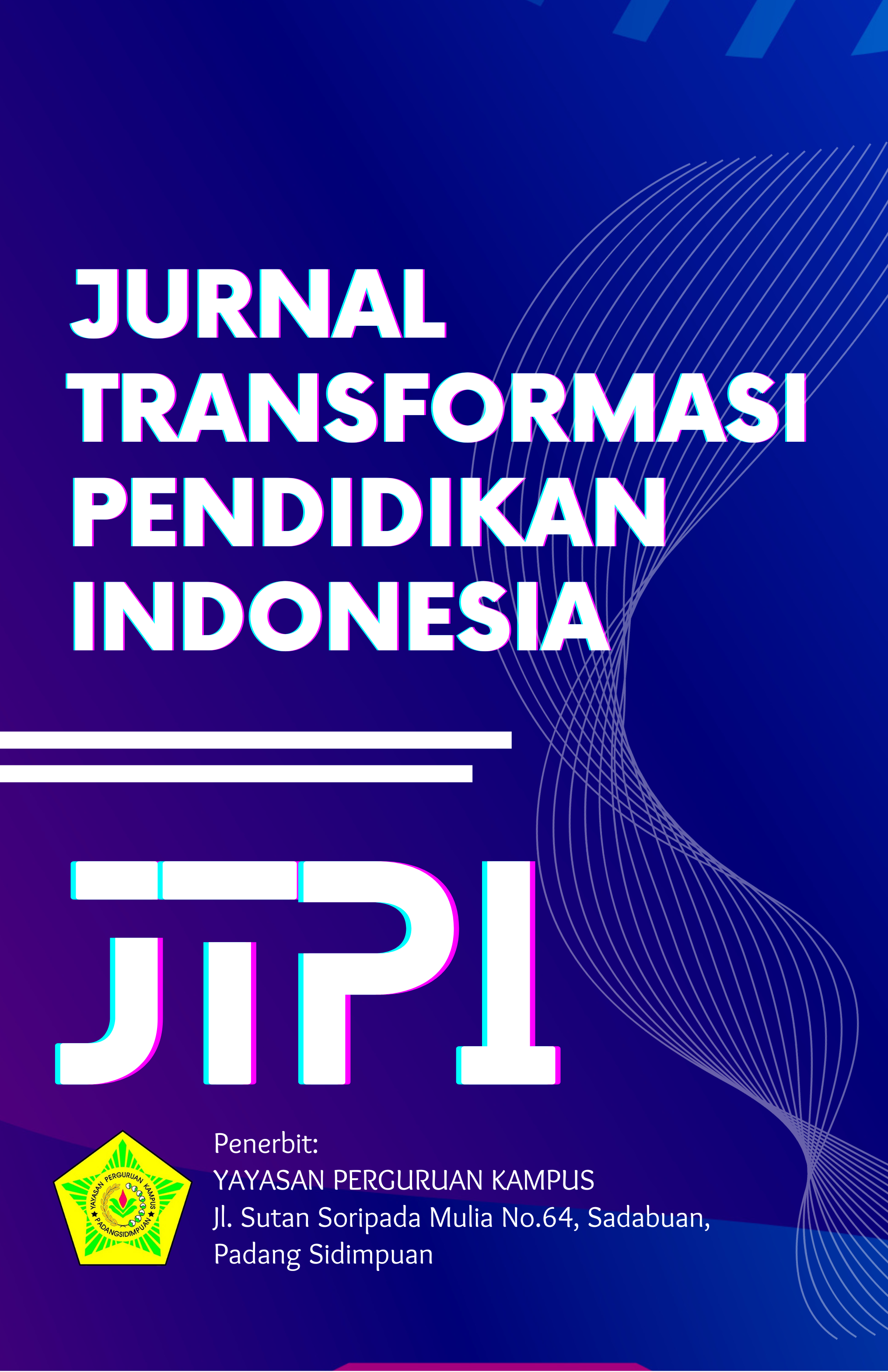Implikasi Model Pembelajaran Untuk Melatih Keterampilan Sosial Emosional Anak Usia Dini di TK YAPIS
Keywords:
Social Emotional, Innovative Learning, 21 st Century SkillsAbstract
The community service aims to provide direct implications in the world of education. The community service is carried out through a direct learning process at school so that the implications can directly train children's social-emotional skills continuously. Each learning activity is adjusted to the derivation of each indicator of social emotional skills as an interconnected part. The results of the community service explain that innovative learning models can train children's social emotional skills holistically, and directly train 21st century skills.
Downloads
References
Ali, S., Park, H. W., & Breazeal, C. (2021). A social robot’s influence on children’s figural creativity during gameplay. International Journal of Child-Computer Interaction, 28, 100234. https://doi.org/10.1016/j.ijcci.2020.100234
Anderson, D. R., & Davidson, M. C. (2019). Receptive versus interactive video screens: A role for the brain’s default mode network in learning from media. Computers in Human Behavior, 99(September 2018), 168–180. https://doi.org/10.1016/j.chb.2019.05.008
Ayvaz, Ü., & Durmuş, S. (2021). Fostering mathematical creativity with problem posing activities: An action research with gifted students. Thinking Skills and Creativity, 40(May). https://doi.org/10.1016/j.tsc.2021.100846
Bronsard, G., Auquier, P., & Boyer, L. (2016). Links between early child maltreatment, mental disorders, and cortisol secretion anomalies. Journal of Physiology Paris, 110(4), 448–452. https://doi.org/10.1016/j.jphysparis.2017.06.003
Bunce, L., & Woolley, J. D. (2021). Fantasy orientation and creativity in childhood: A closer look. Cognitive Development, 57(November 2020), 100979. https://doi.org/10.1016/j.cogdev.2020.100979
Castro, J. F., & Rolleston, C. (2018). The contribution of early childhood and schools to cognitive gaps: New evidence from Peru. Economics of Education Review, 64, 144–164. https://doi.org/10.1016/j.econedurev.2018.03.009
Evans, N. S., Todaro, R. D., Schlesinger, M. A., Golinkoff, R. M., & Hirsh-Pasek, K. (2021). Examining the impact of children’s exploration behaviors on creativity. Journal of Experimental Child Psychology, 207, 105091. https://doi.org/10.1016/j.jecp.2021.105091
Hammershøj, L. G. (2021). Creativity in children as play and humour: Indicators of affective processes of creativity. Thinking Skills and Creativity, 39(August 2020), 1–10. https://doi.org/10.1016/j.tsc.2020.100784
Laborda, L., Elosúa, M. R., & Gómez-Veiga, I. (2019). Ethnicity and intelligence in children exposed to poverty environments: An analysis using the Oaxaca-Blinder decomposition. Intelligence, 72(1), 49–58. https://doi.org/10.1016/j.intell.2018.11.008
Lam, J. H. Y., & Tong, S. X. (2021). Drawing a New Picture: Children with Developmental Dyslexia Exhibit Superior Nonverbal Creativity. Research in Developmental Disabilities, 116(April), 104036. https://doi.org/10.1016/j.ridd.2021.104036
Loesche, P. M. (2019). Estimating the true extent of gender differences in scholastic achievement: A neural network approach. Intelligence, 77(August), 101398. https://doi.org/10.1016/j.intell.2019.101398
Moula, Z. (2021). “I didn’t know I have the capacity to be creative”: children’s experiences of how creativity promoted their sense of well-being. A pilot randomised controlled study in school arts therapies. Public Health, 197, 19–25. https://doi.org/10.1016/j.puhe.2021.06.004
Pujiati, D., & Yulianto, D. (2021). Analisis Media Pembelajaran Anak Usia Dini Berbasis Teknologi Masa Pandemi Covid-19. Efektor, 8(1), 45–52. https://doi.org/10.29407/e.v8i1.15857
Qiu, C., Hatton, R., & Hou, M. (2020). Variations in Raven’s Progressive Matrices scores among Chinese children and adolescents. Personality and Individual Differences, 164(April), 110064. https://doi.org/10.1016/j.paid.2020.110064
Rahimi, S., & Shute, V. J. (2021). First inspire, then instruct to improve students’ creativity. Computers and Education, 174(January), 104312. https://doi.org/10.1016/j.compedu.2021.104312
Sommer, M., Arendasy, M. E., Punter, J. F., Feldhammer-Kahr, M., & Rieder, A. (2019). Do individual differences in test-takers’ appraisal of admission testing compromise measurement fairness? Intelligence, 73(September 2018), 16–29. https://doi.org/10.1016/j.intell.2019.01.006
Tana, Ł. (2021). Children ’ s implicit theories of creativity in science. 41(May), 1–12.
Downloads
Published
Issue
Section
License
Copyright (c) 2024 Ferry Irawan, Dharma Gyta Sari Harahap, Muh. Rafi'y (Author)

This work is licensed under a Creative Commons Attribution-ShareAlike 4.0 International License.














